My recent pieces are 3D printed so any aging or metallic finishes have to be artificially done through antiquing or metal leafing. Much of my recent work is known as much for the finishing I apply to the 3D prints as their design. So, I was eager to try my hand at applying an aging effect to the bronze miniature kabuto from the 3D design challenge.
For the upcoming Tokyo Maker Faire, I discussed with Yui, my go to person at i.materialise, about applying a patina to one of the kabuto. I had never worked with patinas before. The one bronze piece I did create, obtained its dark brown patina naturally over a few years.
The kabuto needed to be ready in a few weeks so I didn't have the time to let it naturally acquire a patina. I would need to artificially create the patina. I was headed into uncharted territory.
Because of Hawaii's unique geography, we have tight regulations about the shipping, disposal and use of chemicals. I also don't have a workspace conducive to working with toxic chemicals, so, I chose to explore methods of creating a patina on bronze using more common items.
I tried several methods to varying degrees of success. For those who may be interested in trying any of the other methods, I will detail my journey in a following post.
For this post, here is the Fujin kabuto before the patina.
The first step to applying a patina was to remove the PU coating. A simple dip in acetone did the trick. There is a great tutorial by Michael Mueller on the i.materialise blog that outlines the basic process.
Safety first. I always wear safety glasses and/or a respirator with an organic vapor filter.
Using the nitrile gloves I place the bronze piece into the acetone. The towel is mostly for accidental spills. When working with acetone work outside or in a well ventilated area.
I then went through several experiments before getting the final patina. I experimented with eggs, dishwashing detergent, baking soda, oil and a solution of ammonia, salt and vinegar.
Ultimately, I used baking soda for the patina seen at the end of this post.
I mixed a solution of water saturated with baking soda. To do this, I continually add baking soda to hot water until the baking soda stops dissolving.
I filled a glass container with the solution and let Fujin sit for about 5 days.
It is a subtle effect but it brings out the details.
The final step was to seal the surface. Since it was intended as an inside display piece, I opted for a spray clear coat rather than wax.
The clear coat also gave the patina a deeper color.
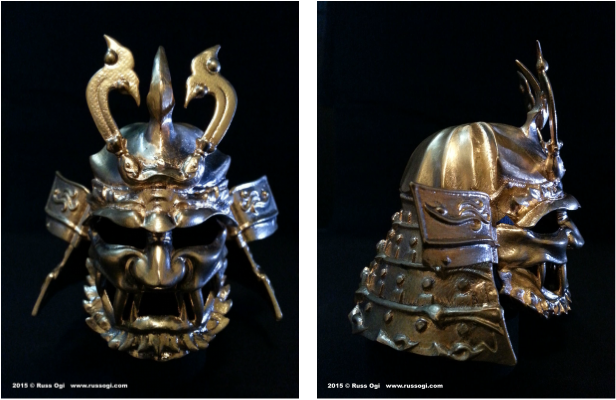
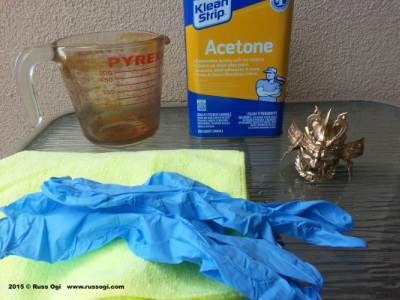
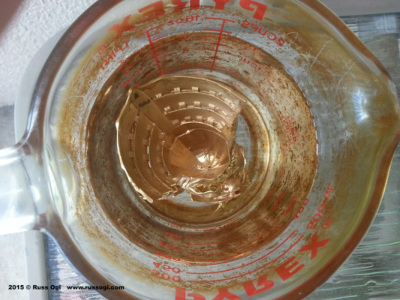
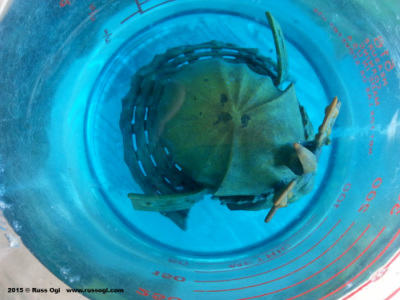
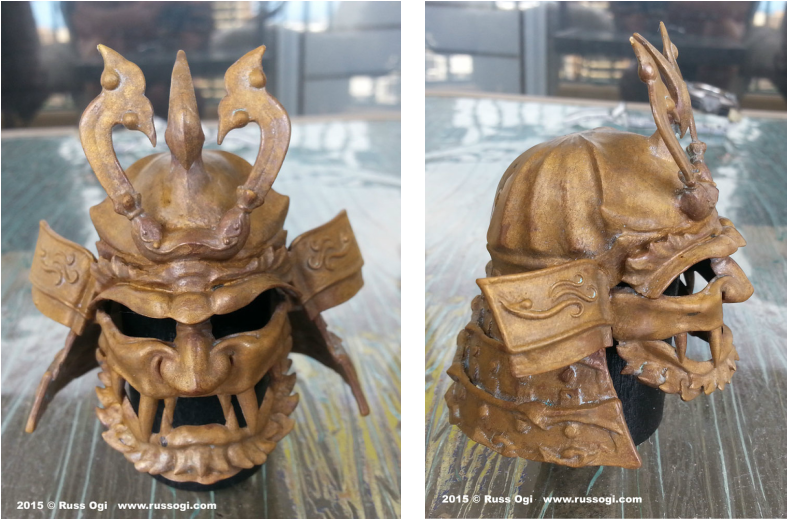
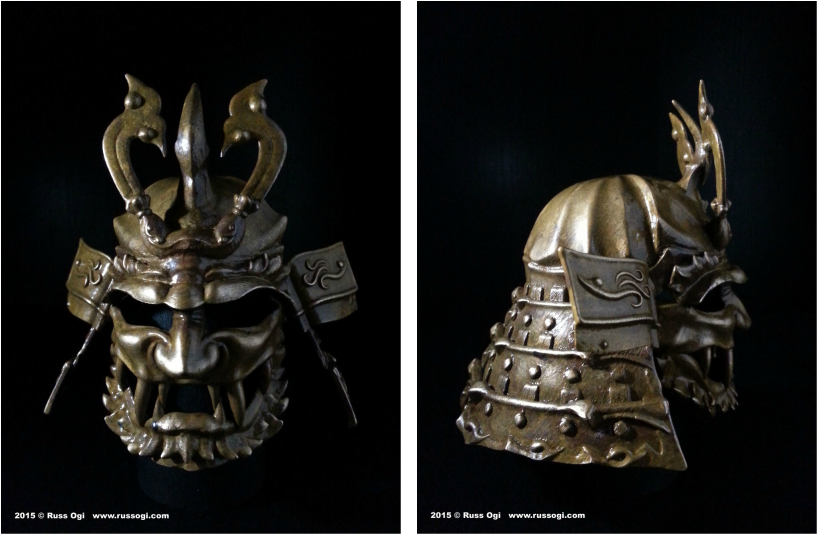
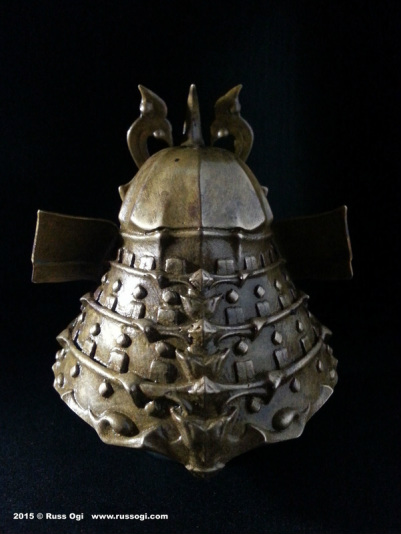

 RSS Feed
RSS Feed